I have been having some difficulty in displaying the results from my lmer model within ggplot2. I am specifically interested in displaying predicted regression lines on top of observed data. The lmer model I am running on this (speech) data is here below:
lmer.declination <- lmer(zlogF0_m60~Center.syll*Tone + (1|Trial) + (1+Tone|Speaker) + (1|Utterance.num), data=data)
The dependent variable here is fundamental frequency (F0), normalized and averaged across the middle 60% of a syllable. The fixed effects are syllable number (Center.syll), counted backwards from the end of a sentence (e.g. -2 is the 3rd last syllable in the sentence). The data here is from a lexical tone language, so the Tone (all low tone /1/, all mid tone /3/, and all high tone /4/) is a discrete fixed effect. The experimental questions are whether F0 falls across the sentences for this language, if so, by how much, and whether tone matters. It was a bit difficult for me to think of a way to produce a toy data set here, but the data can be downloaded here (a 437K file).
In order to extract the model fits, I used the effects package and converted the output to a data frame.
ex <- Effect(c("Center.syll","Tone"),lmer.declination)
ex.df <- as.data.frame(ex)
I plot the data using ggplot2, with the following code:
t.plot <- ggplot(data, aes(factor(Center.syll), zlogF0_m60, group=Tone, color=Tone)) + stat_summary(fun.data = mean_cl_boot, geom = "smooth") + ylab("Normalized log(F0)") + xlab("Syllable number") + ggtitle("F0 change across utterances with identical level tones, medial 60% of vowel") + geom_pointrange(data=ex.df, mapping=aes(x=Center.syll, y=fit, ymin=lower, ymax=upper)) + theme_bw()
t.plot
This produces the following plot:
Predicted trajectories and observed trajectories
The predicted values appear to the left of the observed data, not overlaid on the data itself. Whatever I seem to try, I can not get them to overlap on the observed data. I would ideally like to have a single line drawn rather than a pointrange, but when I attempted to use geom_line, the default was for the line to connect from the upper bound of one point to the lower bound of the next (not at the median/midpoint). Thank you for your help.

